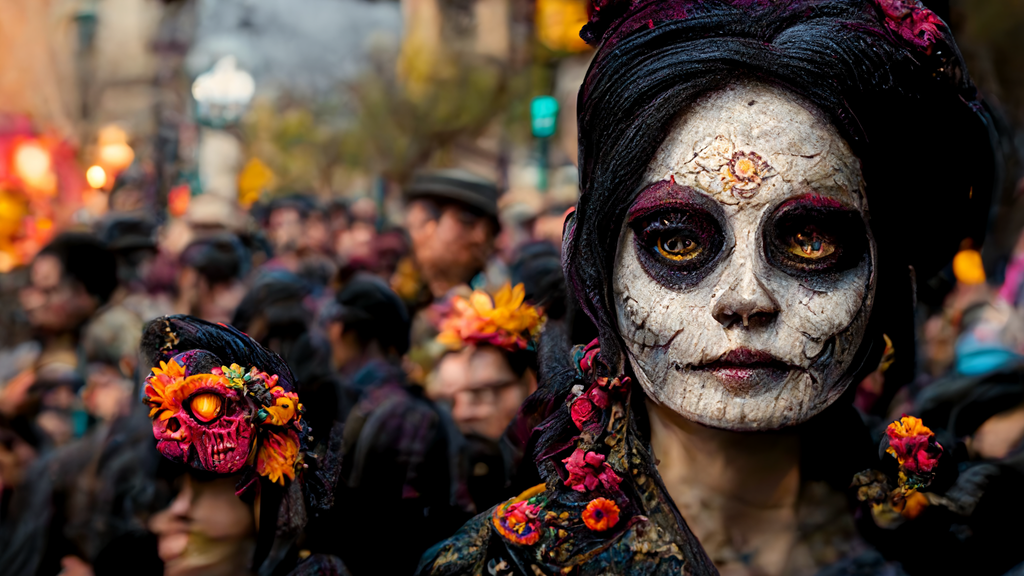Dia de los Muertos, or the Day of the Dead, is a holiday celebrated in Mexico and other parts of Latin America. The holiday is a celebration of life and death, and many traditions revolve around honoring deceased loved ones. From sugar skulls to traditional foods, there are many aspects to the Day of the Dead that make it a unique and special holiday. In this blog post, we will explore the history, traditions, and culture surrounding the Day of the Dead.
The History of the Day of the Dead
The origins of the Day of the Dead can be traced back to pre-Hispanic cultures in Mexico. The holiday was originally a two-day festival that marked the beginning and end of the agricultural year. The festival was celebrated with feasts, music, and dancing, and it was believed that during this time, the spirits of deceased loved ones would visit their families.
Over time, Catholic missionaries began to convert indigenous people to Christianity, and the Day of the Dead began to incorporate elements of All Saints’ Day and All Souls’ Day. These Christian holidays were celebrated on November 1st and 2nd, and they were used to honor the saints and the souls of the deceased. The indigenous people of Mexico blended these Christian traditions with their own, and the Day of the Dead gradually developed into the holiday that we know today.
The Traditions of the Day of the Dead
One of the most recognizable traditions of the Day of the Dead is the use of sugar skulls. Sugar skulls are handmade candy skulls that are often decorated with bright colors and patterns. They are used to represent deceased loved ones, and they are often given as gifts or placed on altars as offerings.
Another popular tradition is the building of altars, or ofrendas, to honor deceased loved ones. These altars can be simple or elaborate, and they are often decorated with flowers, photos, and favorite foods and possessions of the deceased. Altars are typically placed in homes or cemeteries, and they serve as a way to welcome the spirits of the dead back to the world of the living.
Traditional Day of the Dead foods also play an important role in the holiday. Foods such as pan de muerto (bread of the dead), tamales, mole, and atole are often prepared and eaten during this time. These foods are often used as offerings on altars, or they may be served to guests who come to visit during the holiday.
The Culture of the Day of the Dead
In addition to its rich history and traditions, the Day of the Dead also has its own unique culture. This is evident in the way that the holiday is celebrated, as well as in the art, music, and dance that are associated with it.
The Day of the Dead is often celebrated with lively parties and parades. People dress up in costumes, paint their faces like skulls, and dance to traditional music. Families also visit cemeteries to clean gravesites and place flowers on tombstones. These activities help to bring loved ones who have passed away back into the lives of those who are still living.
The art, music, and dance of the Day of the Dead are also deeply rooted in Mexican culture. Traditional sugar skull designs often incorporate brightly colored flowers and patterns. Day of the Dead music is typically upbeat and festive, and often features traditional instruments such as mariachi bands. The dance of the Day of the Dead, known as the danza de los muertos, is a lively dance that is often performed in costumes.
The Day of the Dead is a holiday with a rich history and many unique traditions. From sugar skulls to traditional foods, there are many aspects to this festive holiday that make it special and memorable. Whether you are celebrating the life of a loved one or simply enjoying the festivities, Dia de los Muertos is a holiday that is sure to leave a lasting impression.


Leave a comment: